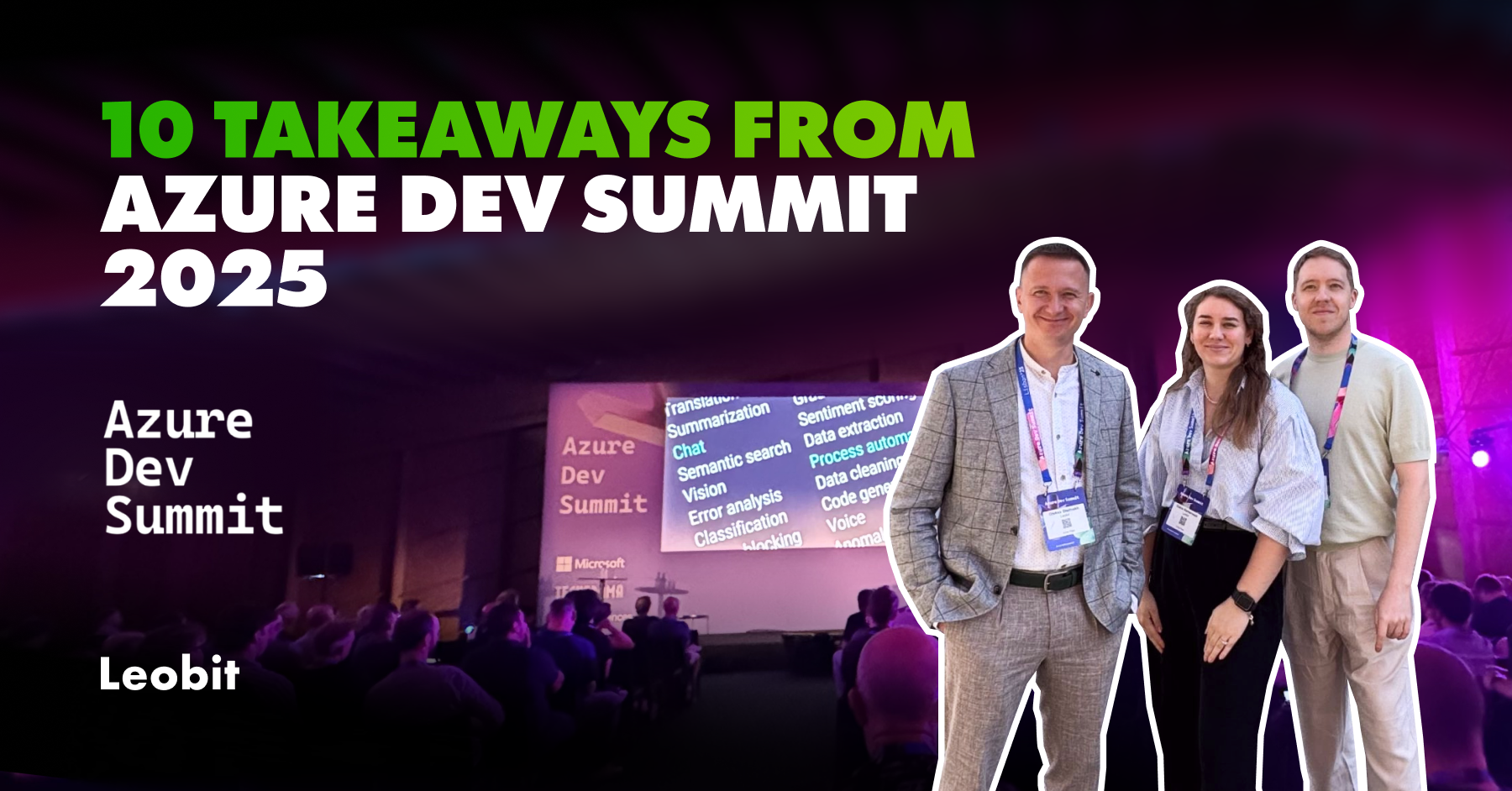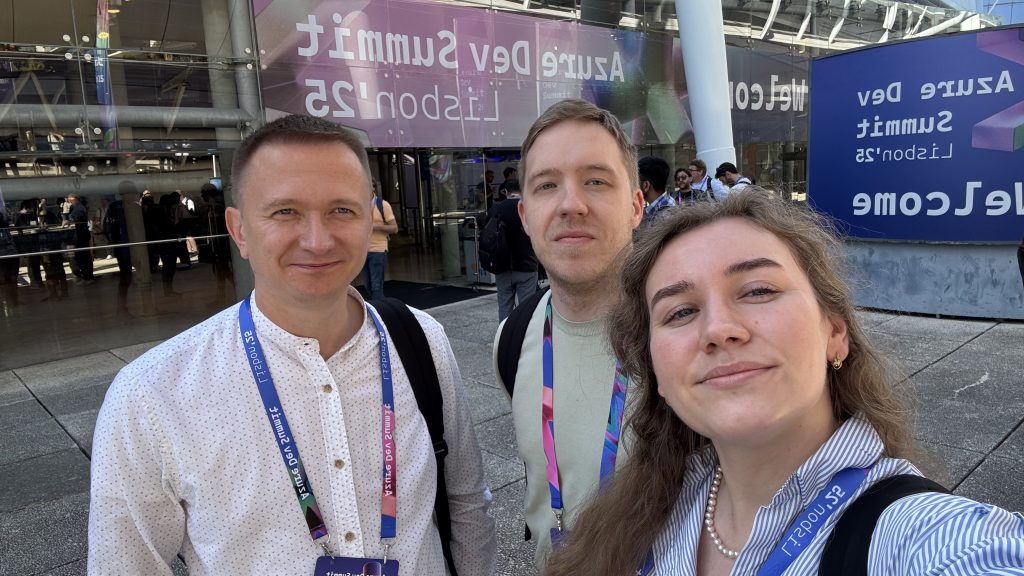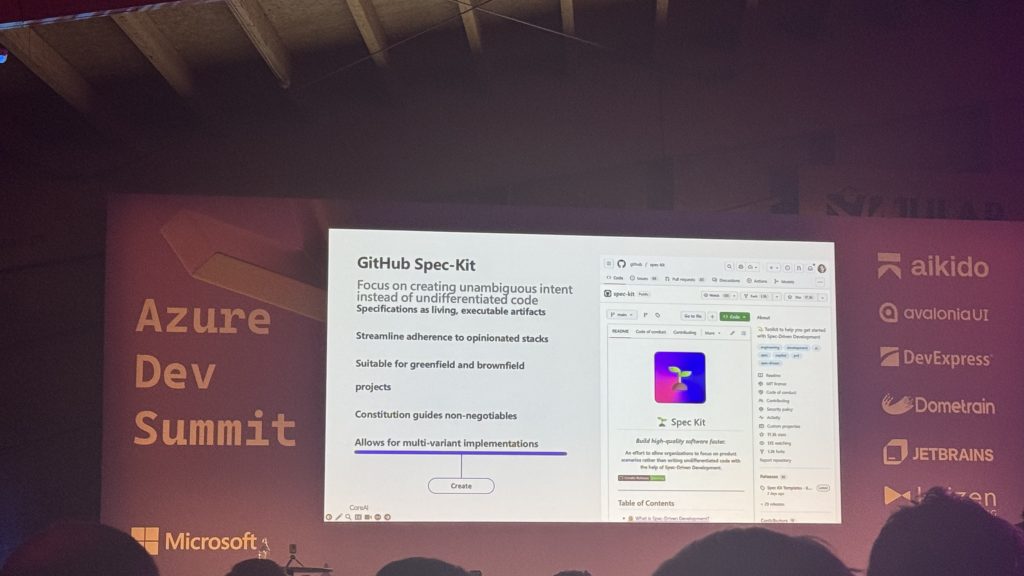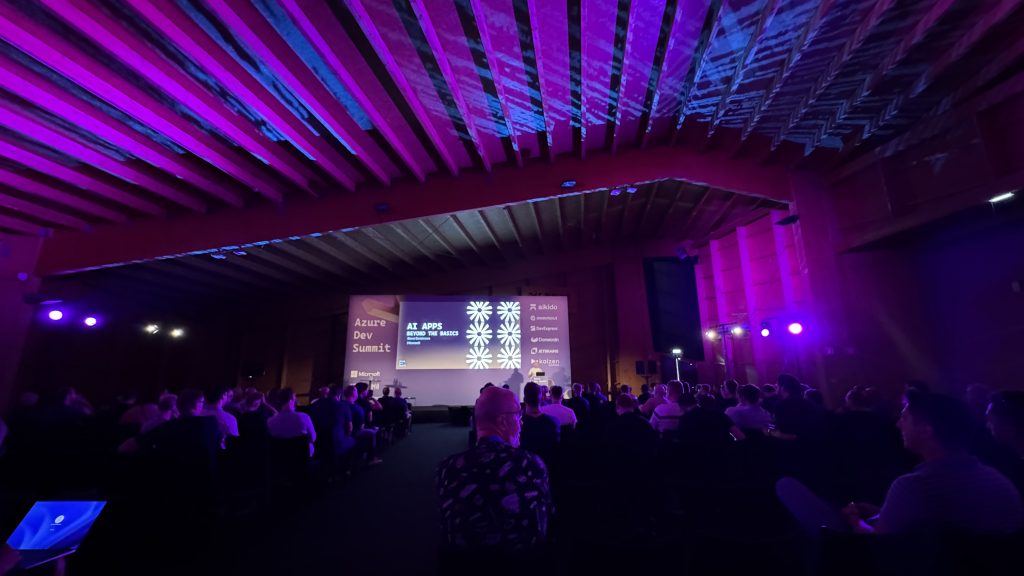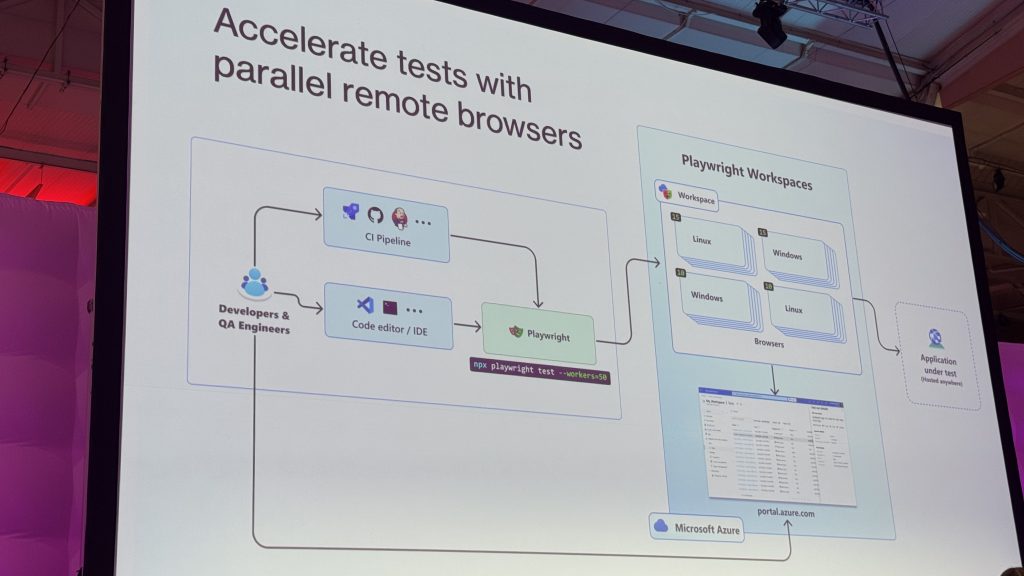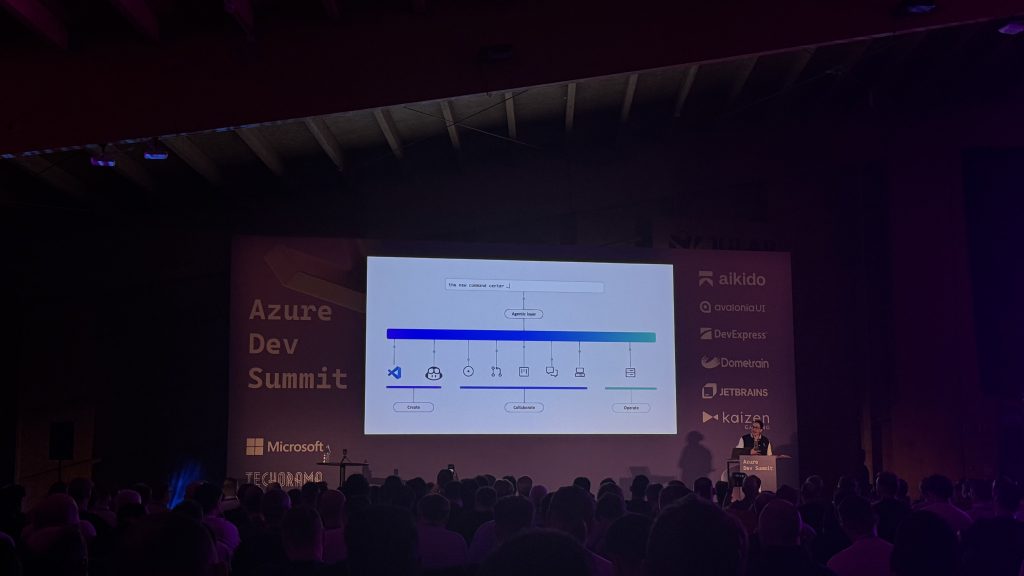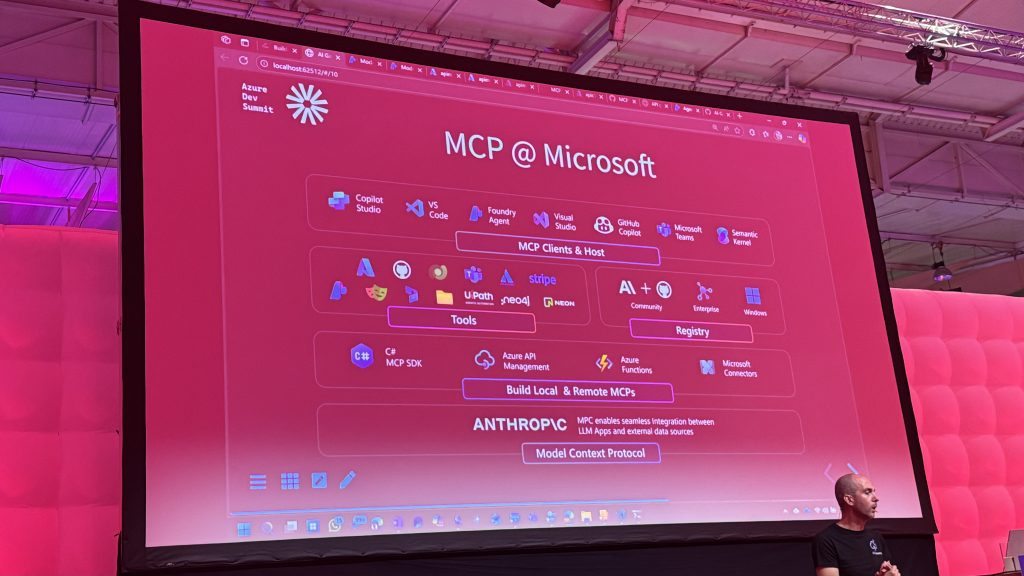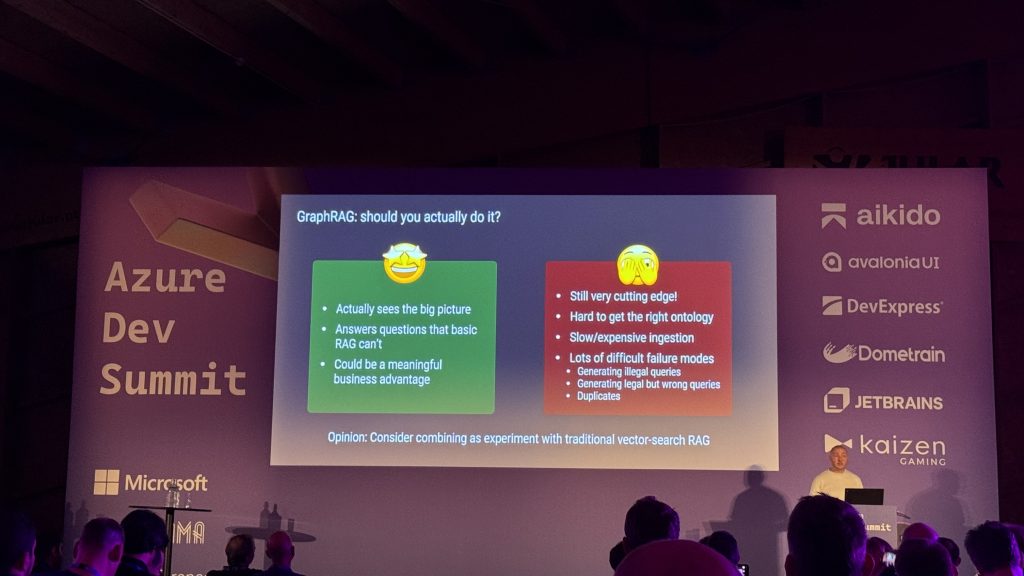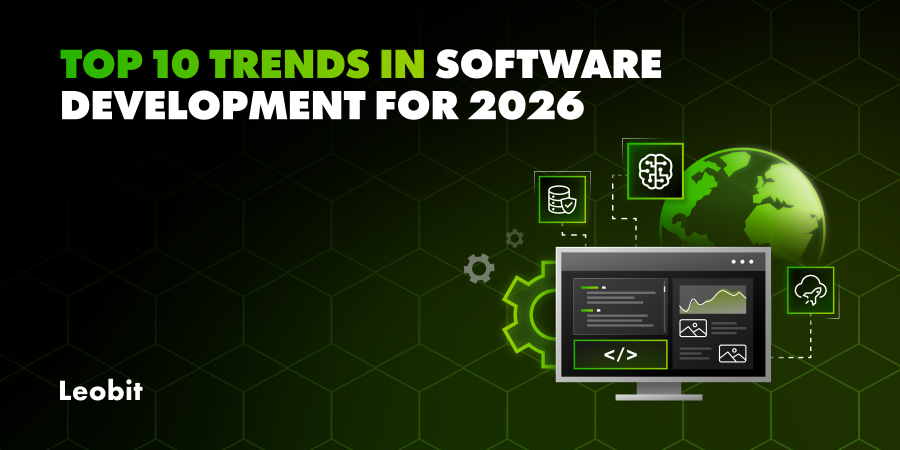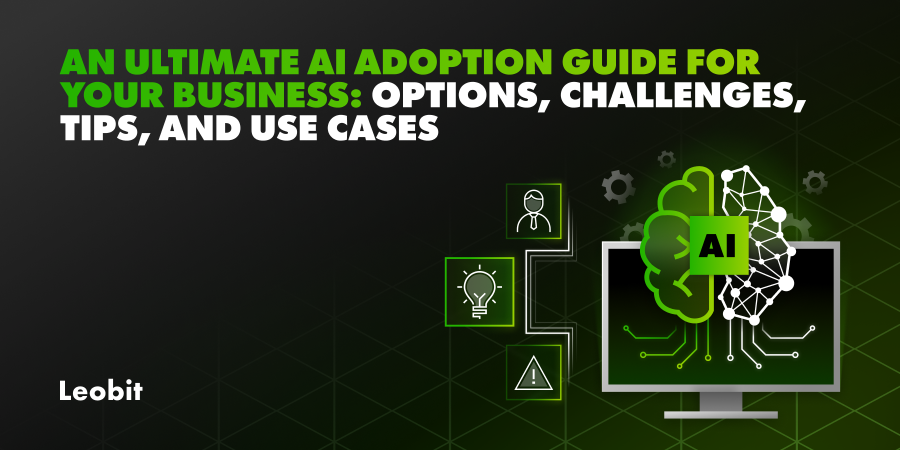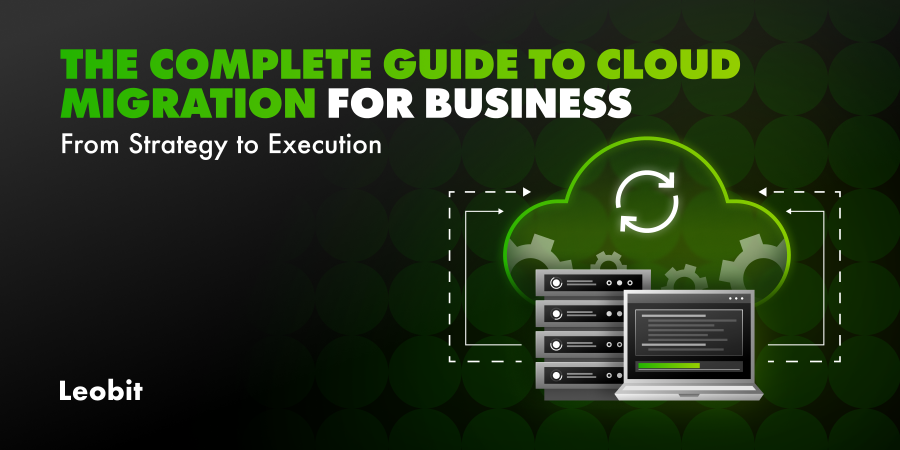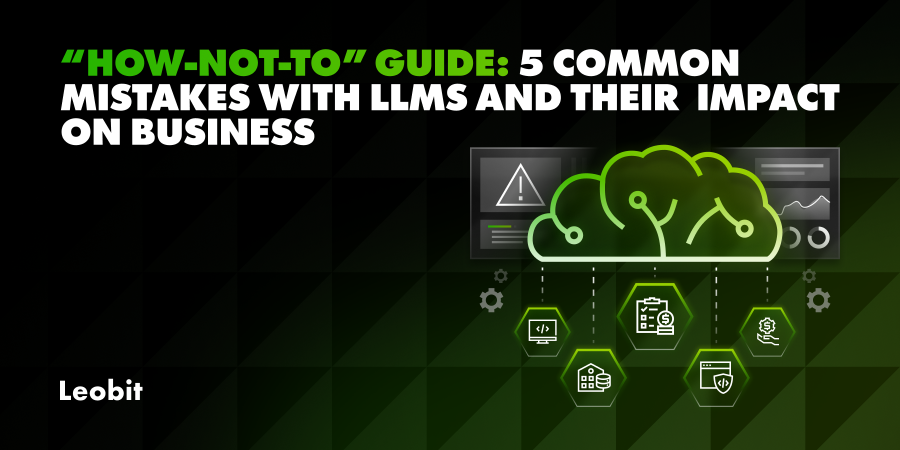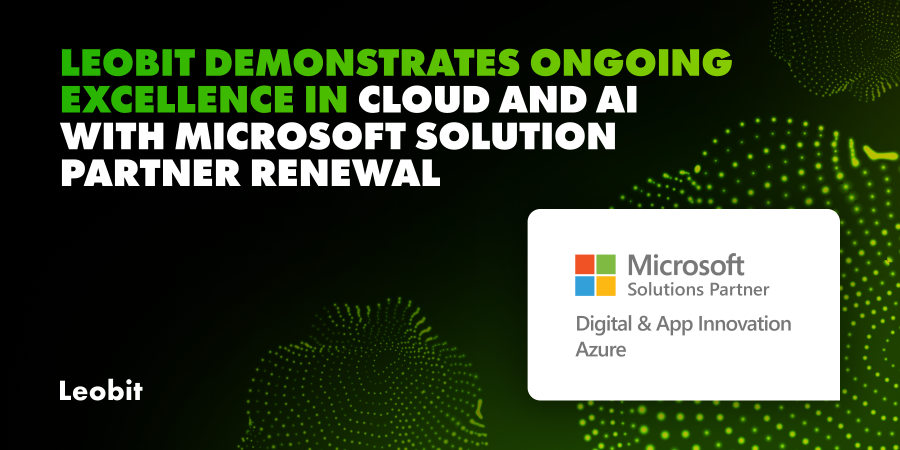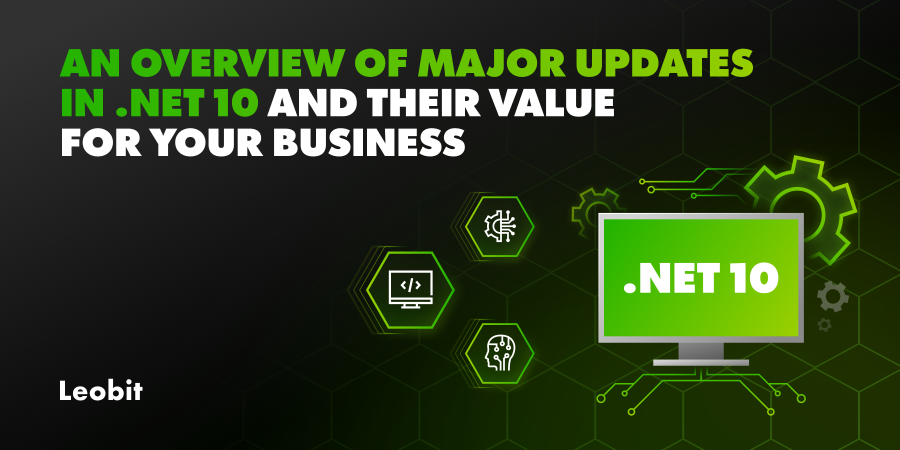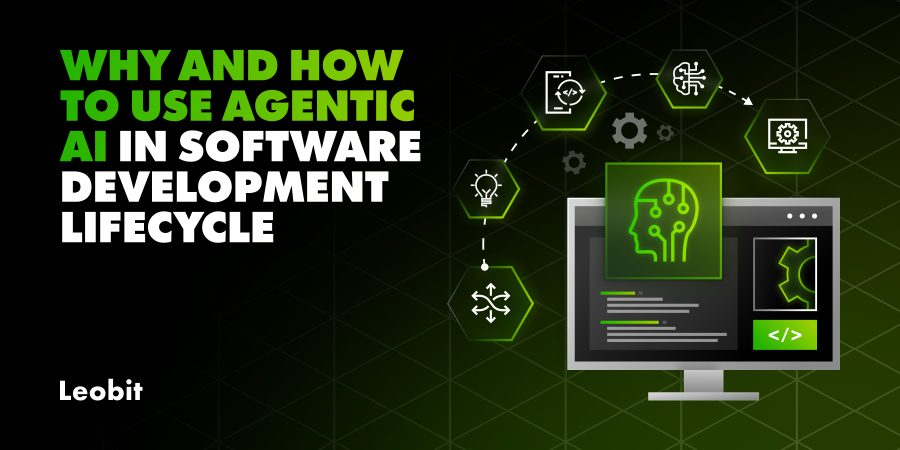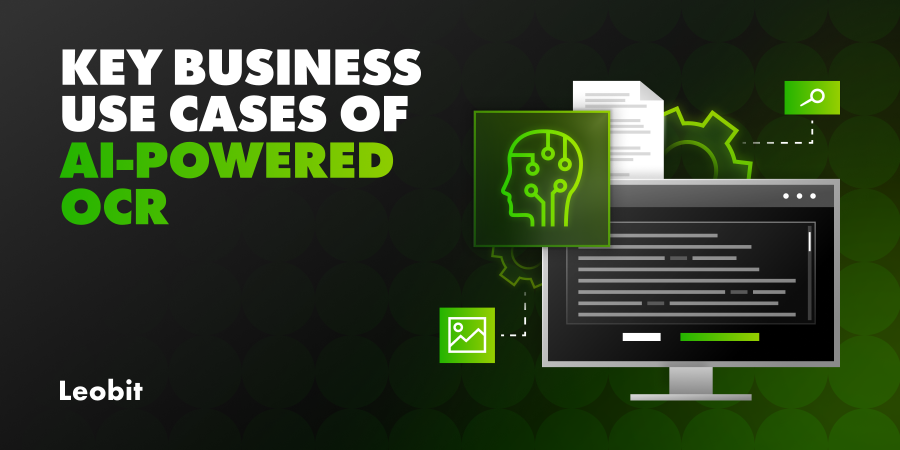The upcoming .NET 10 was one of the most anticipated topics at the Azure Dev Summit. According to Visual Studio Magazine, .NET 10 Release Candidate 1 already ships with “go-live” support, meaning that developers can confidently start using it in production environments.
Among the standout themes of .NET 10 is performance. As in previous .NET releases, developers get substantial performance improvements “for free” simply by upgrading their projects. The .NET team has continued to refine the runtime, garbage collector, and JIT compiler, which will result in faster startup times, lower memory consumption, and overall smoother execution across workloads. Benchmarks presented during the Summit showed that even without code changes, companies can achieve measurable gains for web APIs, Blazor apps, and cloud-native workloads.
Beyond speed, .NET 10 brings a wealth of modern web, mobile, and cloud enhancements. ASP.NET Core continues to evolve with tighter integration into Blazor United. It, in turn, will enable a unified development model for both client-side and server-side web applications. .NET MAUI has been further refined, giving developers better performance and stability for cross-platform mobile and desktop software development.
Another area of innovation is the expanded support for AI and cloud-native development. The framework now includes:
- Improved integration with Azure AI SDKs
- OpenTelemetry for observability
- Container-first deployment models
All these features make it easier to build intelligent, distributed applications out of the box.
Developers attending the Summit also praised Microsoft’s commitment to backward compatibility and incremental upgrades. Thanks to it, migrating from previous versions remains straightforward without code rewrites.

